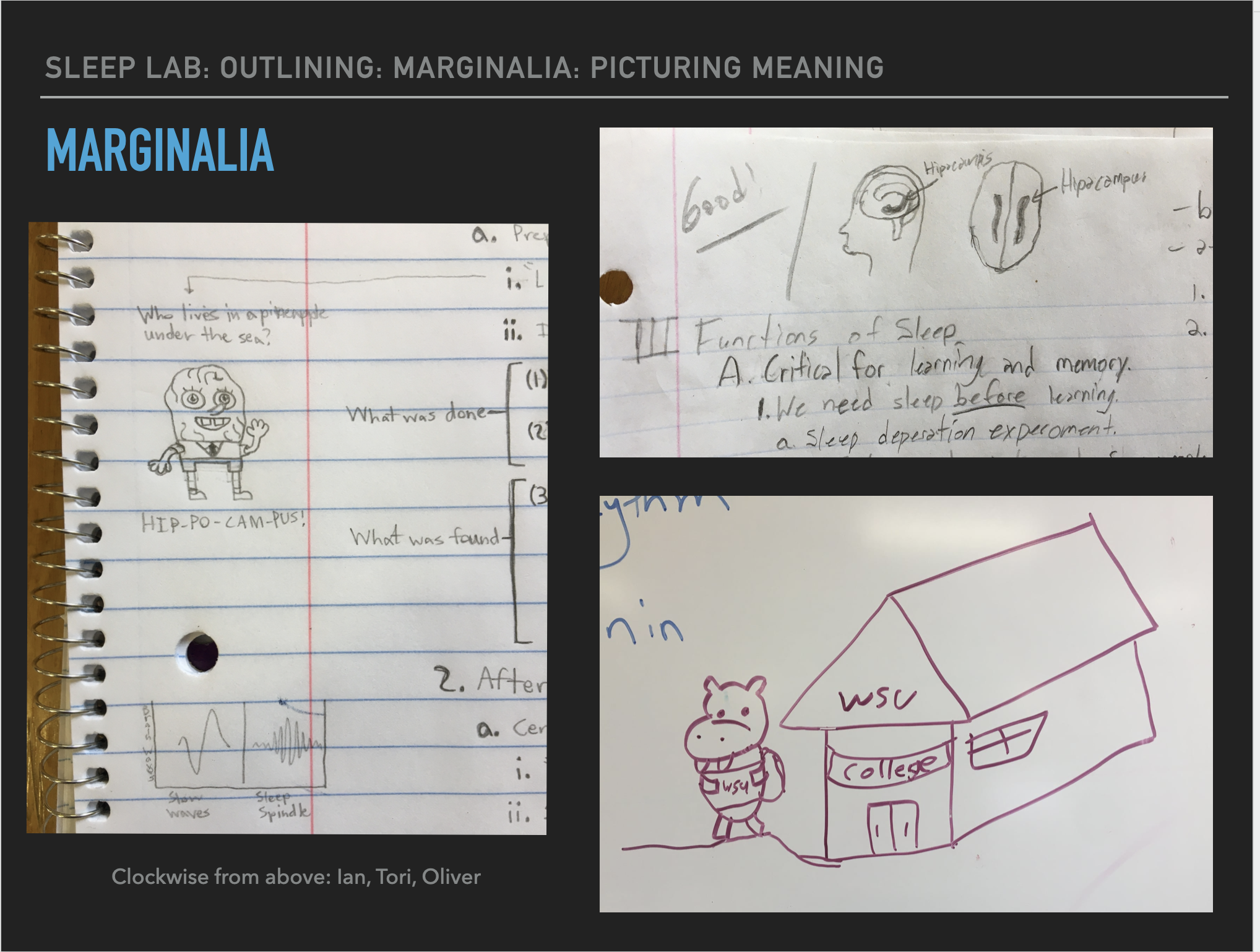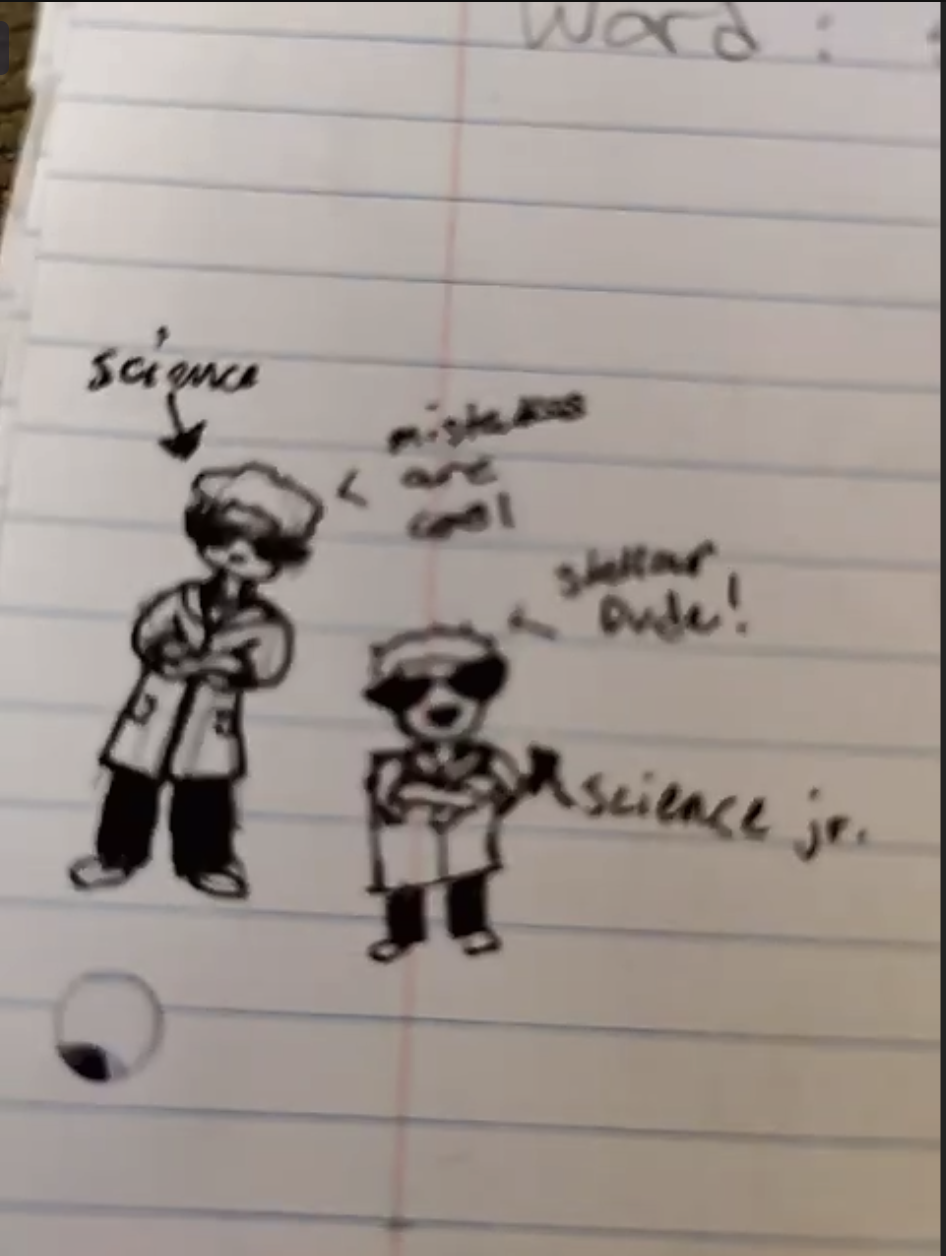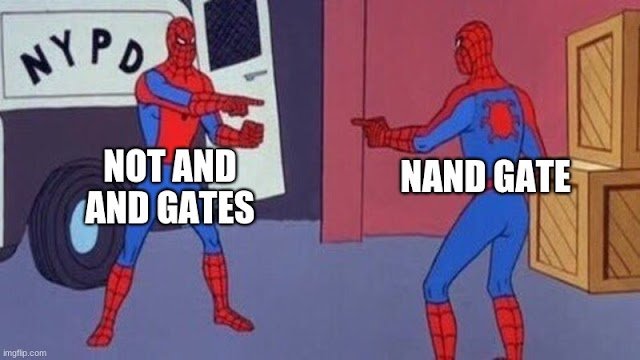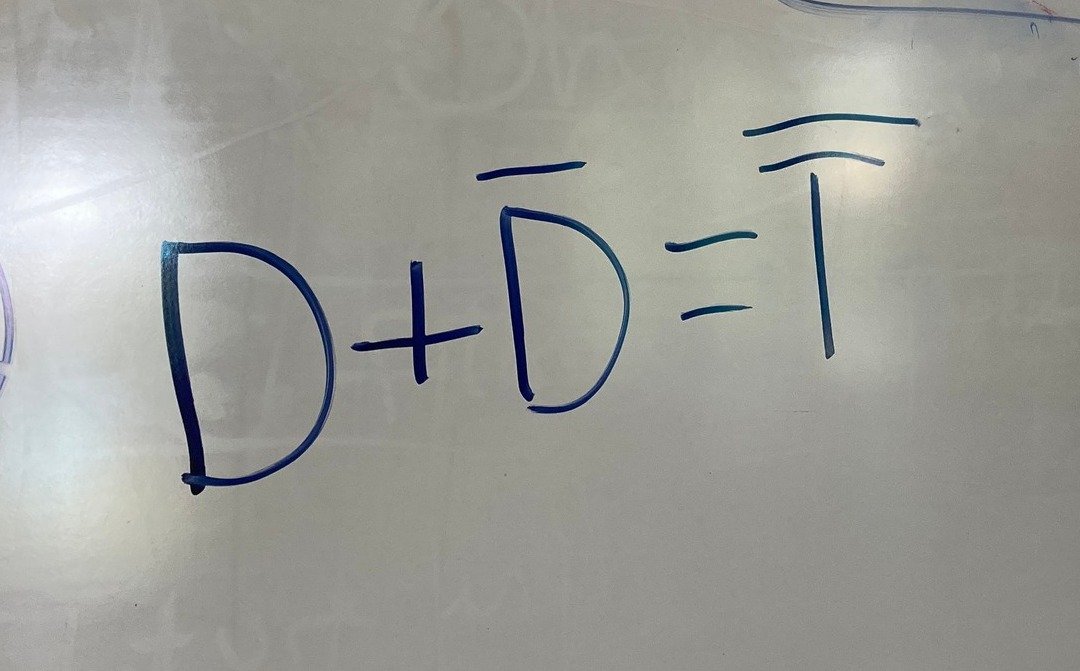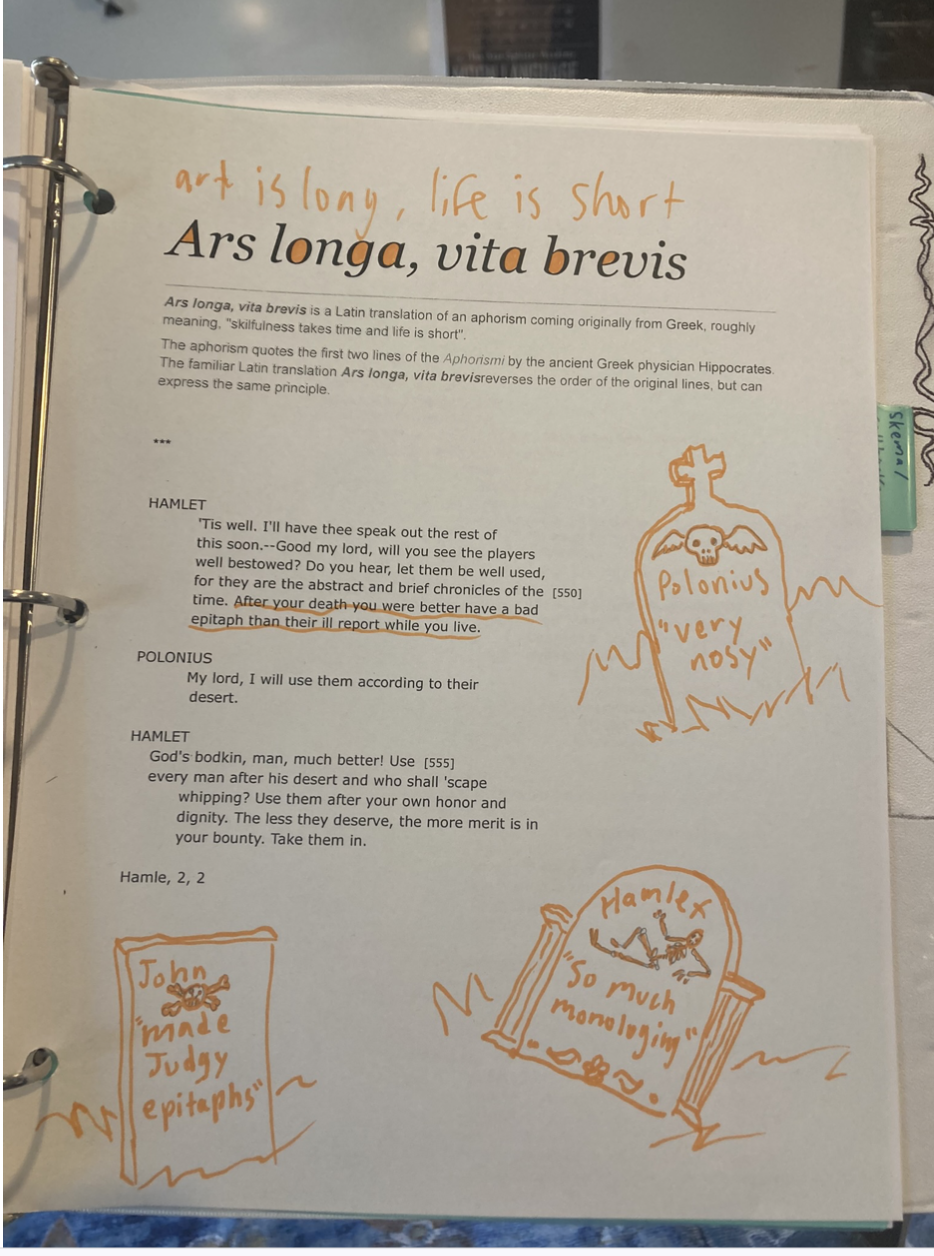Memes and Marginalia
Picturing what one is learning and writing can greatly aid understanding and is vital to clear communication. It also creates schema so that what is learned can be remembered and applied.
The gallery below features examples of students’ self-directed applications of these ideas.
We'd been studying sleep science. Oliver asked if they could draw the hippocampus on the board.
Ian updated a meme to help us remember the U.S. government's system of checks and balances.
We'd been studying genetics. Finn was inspired!
During our deep dive into monsters in literature and culture, Sanda Moore Coleman masterfully read Shirley Jackson's devastating story "The Possibility of Evil" aloud. As she did so, one alert student, Isabelle, was keeping sight of the emerging, unsettling duality of the story's main character, using that character's beloved flower to illustrate the point.
After we talked about the complexities of the Greek concept of hamartia in tragedy, Lydia summarized Julius Caesar as a trolley problem.
After writing some lines of poetry that demonstrated their understanding of metrical feet, including the establishment of a prevailing foot and the use of substitutions, Oliver decided to add a pie graph of their choices!
As Finn and Oliver can attest, the etymology of the word “dactyl” (a metrical foot in poetry composed of a stressed syllable followed by two unstressed syllables) is “finger.”
As Finn and Oliver can attest, the etymology of the word “dactyl” (a metrical foot in poetry composed of a stressed syllable followed by two unstressed syllables) is “finger.”
Oliver made this after we studied the differing styles of three haiku masters.
Ian's timeline of the thinkers we studied today: Thales of Miletus; Euclid of Alexandra, who codified the geometry Thales helped discover; Eratosthenes of Cyrene, who like Thales solved problems of measurement using only sticks and shadows and a penetrating mind, determining, for instance, the shape and circumference of the Earth; American poet Edna St. Vincent Millay of Maine, who, inspired by her study of science at Vassar College, wrote a timeless sonnet about the genius of Euclid, his ability to see the eternal forms of things within the daily shapes we know; Carl Sagan of Brooklyn, New York, whose video we watched in order to understand Eratosthenes’ achievement; and then, in our own time, Laura Fargas of Washington D.C., who in her poem "October-struck," reminds us that in fall our vision can expand to see more, see, for instance, the structural shapes of trees more clearly--see more of what we love, and thus can come to love it more.
During our class in digital logic, Oliver created a new logic gate for the improv-loving Star-Splitter Academy: the YES AND gate, which honors any input and adds to it meaningfully.
Surely the time for translating Yoda into a Boolean expression is now, right? That's what we decided, anyway! Here's "Do or not do; there is no try."
We had just read A Christmas Carol. Oliver decided that there should be a sequel!





